Kenpo History
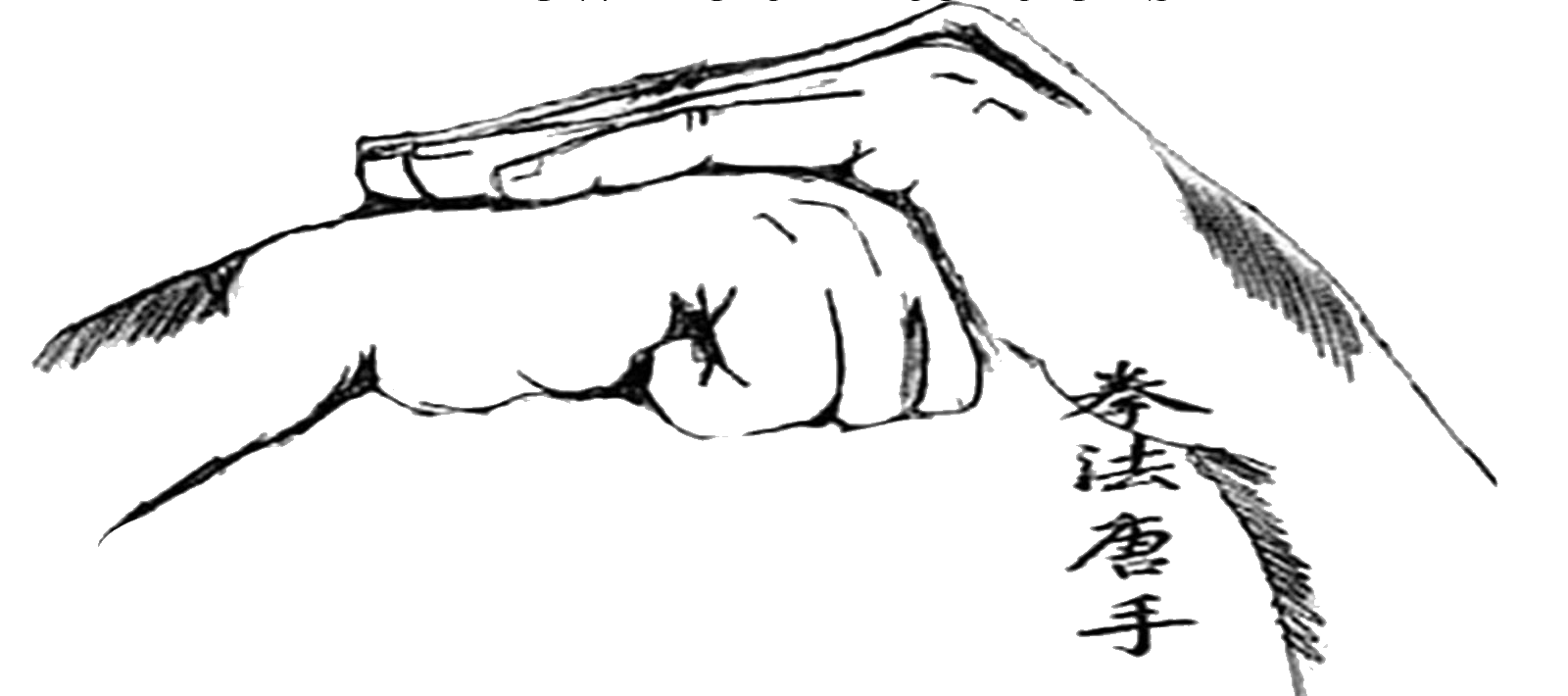
Timble Family Mysteries Series
There's a Pirate in the Family
There's a Smuggler in the Family
There's a Spy in the Family
There's a Traitor in the Family
Reegan Murder Mystery Series
Is Jack Back?
A Gift Wrapped Murder
Funk to Fraud to Murder
Tropical Murder
4:20 Heist and Murder
Murder and a Crispy Rolls Royce
Modern Shark Teeth
Fossil Shark Teeth
Fossil Collectors Handbook
Mammoths and Mastodons
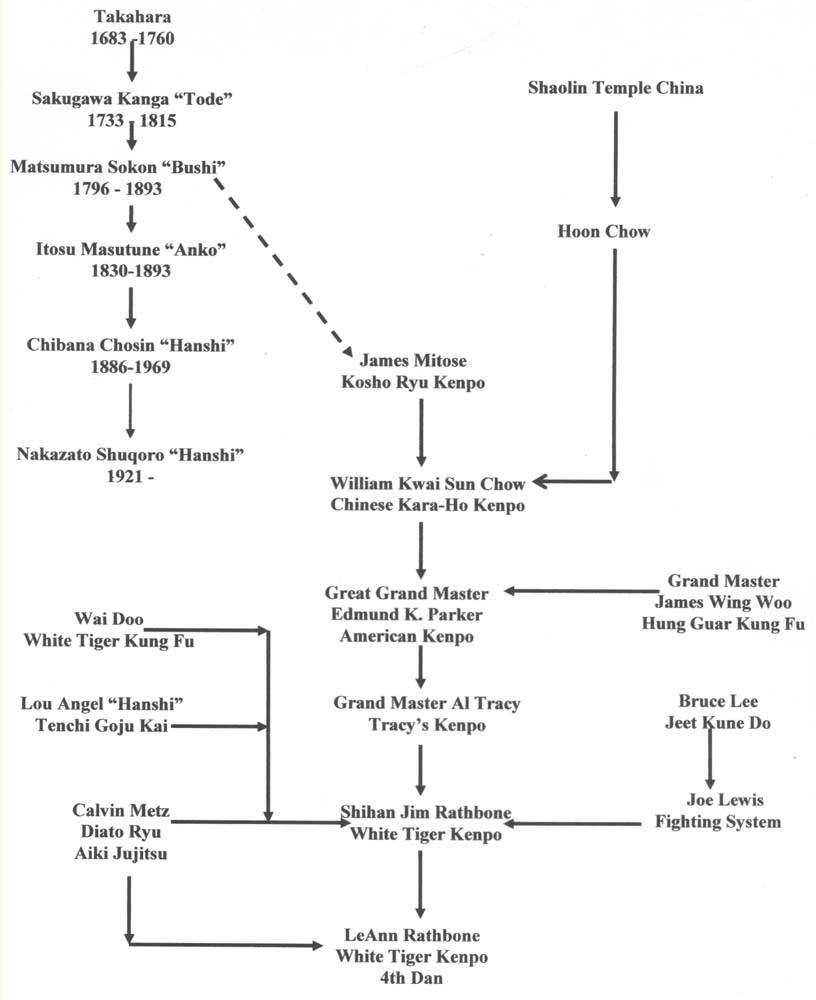

There is much mystery surrounding the true origins of the art we call Kenpo. I have read and heard many wonderful stories about the origins of our art. Even though he is not certain which of these legends is the most accurate, the following seems to be the most logical origins from the evidence available today.
Centuries ago The Buddhists had many temples, or monasteries. The most famous of these is the Shoalin Temple, in the province of Hunan. Shoalin is pronounced “Sil Lum” in Cantonese and “Shorin” in Japanese. The Shoalin Monastery was made famous by the 1970s television series “Kung Fu” as well as the new series on the Fox Network. The Shoalin priests were Buddhists monks, known for their knowledge of medicine and the healing arts, as much as, or more than their martial arts skills. The priests were considered “Kung Fu” or one who is learned, similar to our term “Doctor”. The monks were politically active against the oppressive government of the Manchu Dynasty, which brought about the destruction of the temple by the Manchu army in about 1300.
All but five monks were killed. One surviving monk, Chih Shan Chan is believed to have to have escaped to the Shorin temple in southern Japan. He taught a system of the martial arts he called, “Hung Tai Kuan or Hun Chi Chuan”. Later versions of this art were known by practitioners as “Luk Ah Tsia”, from which Hung Gar or Tiger Crane kung Fu Originated. Tiger Crane Kung Fu is still a part of what we teach today almost 700 years later. The Tiger Crane form is still a requirement for 2nd Brown Belt today. Chinese, Japanese and Okinawa systems of martial arts, all have had an influence on the system of self-defense I teach in the White Tiger System.
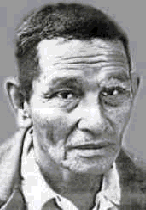 Mitose was born December 30, 1916 on a coffee plantation in Kona, Hawaii according to legend; a visiting Chinese monk brought Kenpo to his family's monastery in Kumamoto, Japan in the 15th century. Rinzai Zen Buddhism was taught at the monastery along with martial arts, calligraphy, poetry, flower arranging and archery.
Mitose was born December 30, 1916 on a coffee plantation in Kona, Hawaii according to legend; a visiting Chinese monk brought Kenpo to his family's monastery in Kumamoto, Japan in the 15th century. Rinzai Zen Buddhism was taught at the monastery along with martial arts, calligraphy, poetry, flower arranging and archery.
This form of Shoalin Chuan Fa Kung Fu, brought by their Chinese visitors, was blended with the jujitsu that was common in the area. This blend of Chinese and Japanese arts became known as “Kosho-ryu Kempo” or family School Fist Principle, as Kosho was family name of the Mitose Clan. In Mitoses Book “What is Self Defense, Kenpo Jujits” published in 1953, Mitose states he was taken by his grandfather to Japan to study at the family monastery as there was no other formal education system at the time. In 1936 at age 14 he became the 21st grandmaster of Kosho-ryu Kempo, returning to Hawaii, in 1942 he began to teach what he called Kenpo Jujits.
This account from Mitoses’ book is doubted by many who believe that Mitose was actually a student of famed Okinawa karate master Choki Motobu, however the true story died with Mitose in 1981. Before World War 2, Mitose began teaching a few students from his garage. After the war, Mitose opened a school he named the “Official Self - Defense Club” Mitose taught there until he retired in 1953.
In 1956 he moved to southern California, during the time he taught in Hawaii, he only ranked five individuals to Black Belt. Edward “Bobby” Lowe, Dr. Arthur Keawe, Paul Yamaguchi, Thomas “ Tommy” Young and William Kwai Sun Chow.
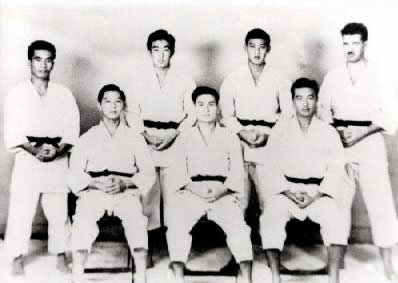
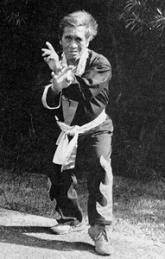 Mitoses most famous and prolific student was William K. S. Chow, Chinese Hawaiian, born July 3rd 1914. His father, Hoon Chow, taught Chow the family’s Kung Fu system. A Buddhist monk who trained him in a system based raised Hoon Chow in Shanghai on a southern Shoalin system. William K. S. Chow began martial arts training with his father, at age seven. Later when Chow heard of a new style being taught, he sought out Mitose and began training. During his Kenpo training, Chow recruited students on his own and began a school at the YMCA in Honolulu. He began to blend the circular moves of his Kung Fu training with the linear and grappling moves of Mitose martial art system. Chow’s most famous and popular student was native Hawaiian, Edmund Kealoha Parker
Mitoses most famous and prolific student was William K. S. Chow, Chinese Hawaiian, born July 3rd 1914. His father, Hoon Chow, taught Chow the family’s Kung Fu system. A Buddhist monk who trained him in a system based raised Hoon Chow in Shanghai on a southern Shoalin system. William K. S. Chow began martial arts training with his father, at age seven. Later when Chow heard of a new style being taught, he sought out Mitose and began training. During his Kenpo training, Chow recruited students on his own and began a school at the YMCA in Honolulu. He began to blend the circular moves of his Kung Fu training with the linear and grappling moves of Mitose martial art system. Chow’s most famous and popular student was native Hawaiian, Edmund Kealoha Parker